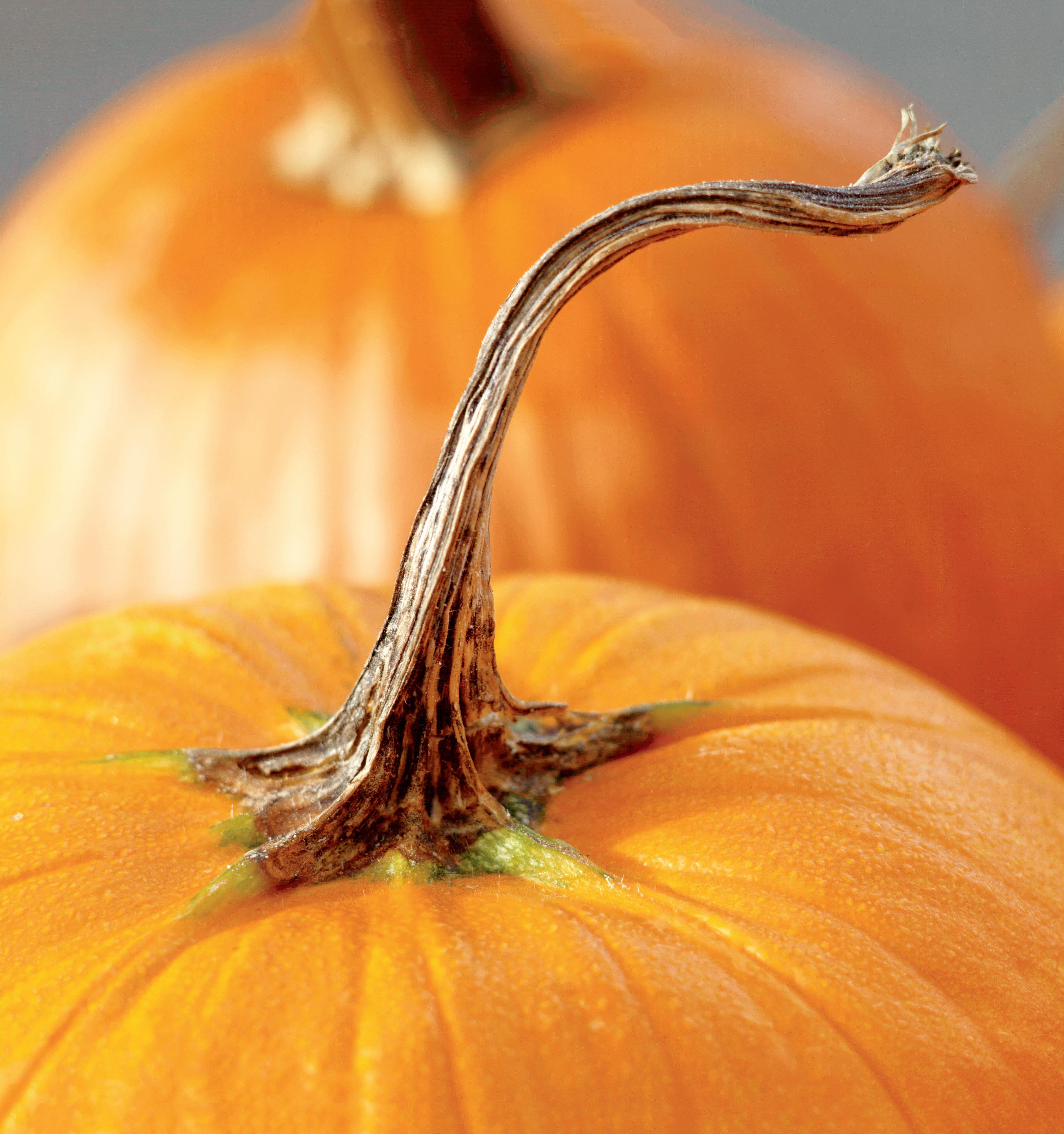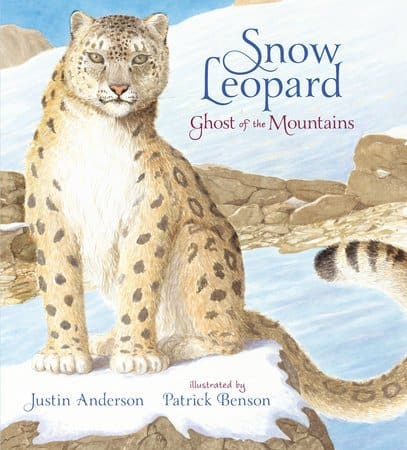Moose tracks have large, rounded hooves with a distinct heart-shaped outline and dewclaws. They are easily identifiable in muddy or snowy terrain.
The sight of moose tracks in the wild can evoke a sense of wonder and curiosity. These impressive animals leave behind a unique imprint that tells a story of their presence in the area. Understanding what moose tracks look like can offer insights into their behavior and movements, adding a layer of excitement to any outdoor adventure.
We will explore the distinct features of moose tracks and how to differentiate them from other wildlife traces. By the end, you will have a newfound appreciation for these majestic creatures and their fascinating footprints in the wilderness.
The Anatomy Of Moose Tracks
Hoof Structure
Moose have two large hooves that leave distinct tracks. Their hooves are wider than those of deer or elk.
Size And Shape
Moose tracks are typically 5-7 inches long and have a distinctive heart-shaped outline.
Identifying Moose Tracks
Moose tracks can be identified by their large, heart-shaped two-toed prints that measure about 5-7 inches long. The distinctive “c” shaped or spoon-shaped outline and the deeply imprinted hooves help in distinguishing them from other animal tracks. The width and spacing between the tracks are also noticeable, as moose have a wide stride.
Distinguishing Features
Moose tracks are characterized by their large size, typically measuring 5-7 inches in length.
- Distinctive shape with a rounded front and elongated rear end
- Two toes that angle outward from the main track
- Wider than they are long, more oval compared to other tracks
Comparison With Other Animal Tracks
When identifying moose tracks, it’s essential to differentiate them from similar tracks left by other animals.
- Moose tracks are larger than deer or elk tracks
- Lack claw marks which helps distinguish them from bears or canines
- Distinctive shape sets them apart from other hoofed animals
Behavioral Insights From Moose Tracks
Moose tracks are more than just imprints in the ground; they offer valuable insights into the behavior of these majestic creatures. By understanding their travel patterns and feeding habits, researchers and enthusiasts can gain a deeper understanding of moose behavior.
Travel Patterns
Moose often travel along the same routes, creating distinct patterns that reflect their movements through different habitats. Their tracks can reveal preferred pathways and seasonal migrations, providing valuable information for conservation efforts and wildlife management.
Feeding Habits
Moose tracks can also offer valuable clues about their feeding habits. By examining the tracks around feeding areas, researchers can gain insight into the types of vegetation moose prefer, as well as their browsing patterns and foraging behavior. This knowledge is crucial for understanding the ecological impact of moose on their environment and can inform land management decisions.

Credit: www.thenotsoinnocentsabroad.com
Tracking Moose: Tips And Techniques
Discover the art of identifying moose tracks with our guide on ‘Tracking Moose: Tips and Techniques. ‘ Learn to recognize moose tracks by their large, distinct hoof imprints in the wild. Master the skill of tracking moose by observing the size and shape of their tracks for a successful wildlife encounter.
Now that we know what moose tracks look like, let’s dive into some helpful tips and techniques for tracking these magnificent creatures in the wild. By understanding the terrain and utilizing technology, we can increase our chances of spotting moose and experiencing the thrill of tracking these elusive animals.Understanding Terrain
When it comes to tracking moose, it’s important to familiarize yourself with the typical terrain they inhabit. Moose are often found in wetlands, forests, and areas near water sources such as lakes and rivers. They are excellent swimmers and are known to submerge themselves in shallow bodies of water to escape predators or cool down during warmer months. Keep an eye out for areas with dense vegetation and browse plants, which are a common food source for moose. Additionally, moose tend to create well-worn trails through the vegetation, making it easier to spot their tracks.Utilizing Technology
Technology can be a valuable tool when it comes to tracking moose. One useful device is a GPS tracker, which can help you mark the location of moose tracks and create a trail to follow. This can be especially handy if you’re planning to venture into unfamiliar territory or if you’re tracking moose over a long distance. Furthermore, smartphone apps and online resources can provide real-time information about moose sightings in your area. These resources can help you narrow down your search and increase your chances of encountering these majestic animals. Whether you’re an experienced tracker or a novice nature enthusiast, these tips and techniques can enhance your moose tracking adventure. By understanding the terrain and utilizing technology, you’ll be well-equipped to navigate through moose habitat and increase your chances of witnessing these magnificent creatures in their natural habitat. So lace up your boots, grab your GPS tracker, and get ready for an unforgettable moose tracking experience!Conservation And Protection Of Moose Habitats
Moose are majestic creatures that play a vital role in our ecosystem. However, with their habitats constantly under threat, it is crucial that we focus on conservation and protection efforts. By understanding the environmental impact, getting communities involved, and taking steps to preserve their habitats, we can ensure a sustainable future for moose populations.
Environmental Impact
Moose habitats span across diverse ecosystems, from lush forests to marshy wetlands. These habitats not only provide a home for moose but also support a wide variety of plant and animal species. Any disruption to these habitats can have far-reaching environmental consequences. Here are a few key points to consider:
- Loss of habitat due to deforestation and urbanization can lead to a decline in moose populations.
- Moose grazing behavior helps maintain the balance of vegetation, preventing overgrowth that can negatively affect other species.
- As an herbivorous species, moose support the biodiversity of their habitats by nourishing themselves with various plant species.
- The presence of moose can also attract other wildlife, such as birds and insects, contributing to the overall ecological diversity of the area.
Community Involvement
Conservation efforts cannot be successful without active community involvement. Engaging local communities plays a crucial role in creating awareness and implementing effective strategies to preserve moose habitats. Here’s why community involvement is essential:
- Community members, such as hunters and outdoor enthusiasts, can serve as vigilant ambassadors for moose conservation, reporting any signs of habitat degradation or illegal activities.
- Educational initiatives can help raise awareness among the general public about the importance of protecting moose habitats and the steps individuals can take to make a positive impact.
- Volunteer programs and local partnerships can empower communities to actively participate in habitat restoration projects, such as tree planting or wetlands rejuvenation.
- Encouraging sustainable practices, such as responsible outdoor recreation and land management, can help reduce the negative impact on moose habitats.
By forging strong bonds between communities and moose habitats, we can ensure the long-term survival of these magnificent creatures.

Credit: issuu.com

Credit: africageographic.com
Frequently Asked Questions Of What Do Moose Tracks Look Like
What Do Moose Tracks Look Like?
Moose tracks are large, with a round shape and pointed edges. They typically measure around 6 inches in length and have a distinctive horseshoe shape. You can see imprints of two large claws at the front of the track, indicating the presence of a moose.
How Can I Identify Moose Tracks From Other Animals?
Moose tracks can be distinguished by their immense size and shape. They are considerably larger than most other animal tracks, such as deer or elk. Look for the horseshoe shape and the presence of two front claws. Moose tracks can also be found near water sources or in areas with abundant vegetation.
Where Can I Find Moose Tracks In The Wild?
Moose tracks can be found in various habitats, including forests, wetlands, and near lakes or rivers. Look for tracks near water sources where moose feed on aquatic plants. Moose are more active during dawn and dusk, so that’s the best time to search for fresh tracks.
Do Moose Tracks Differ Between Male And Female Moose?
Generally, moose tracks do not differ between males and females. Both sexes have similar track patterns and size. However, during mating season, males may create distinctive markings with their hoof prints as they engage in territorial behavior to attract females.
Conclusion
To sum up, understanding what moose tracks look like can help you identify their presence in the wild. By recognizing their distinct hoof marks and other signs, you can appreciate these majestic creatures from a distance. Next time you’re out exploring nature, keep an eye out for these fascinating marks and marvel at the beauty of the moose.



